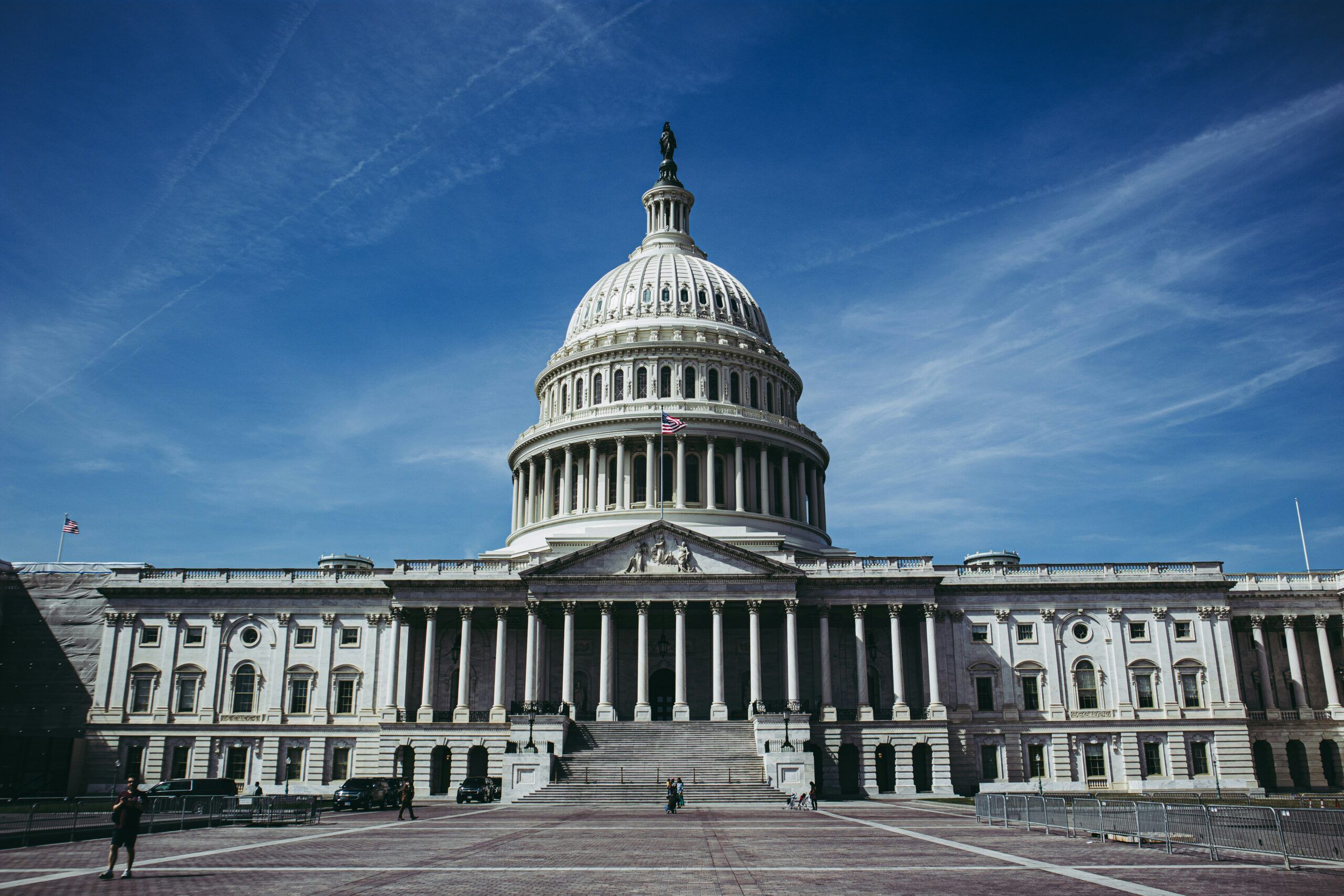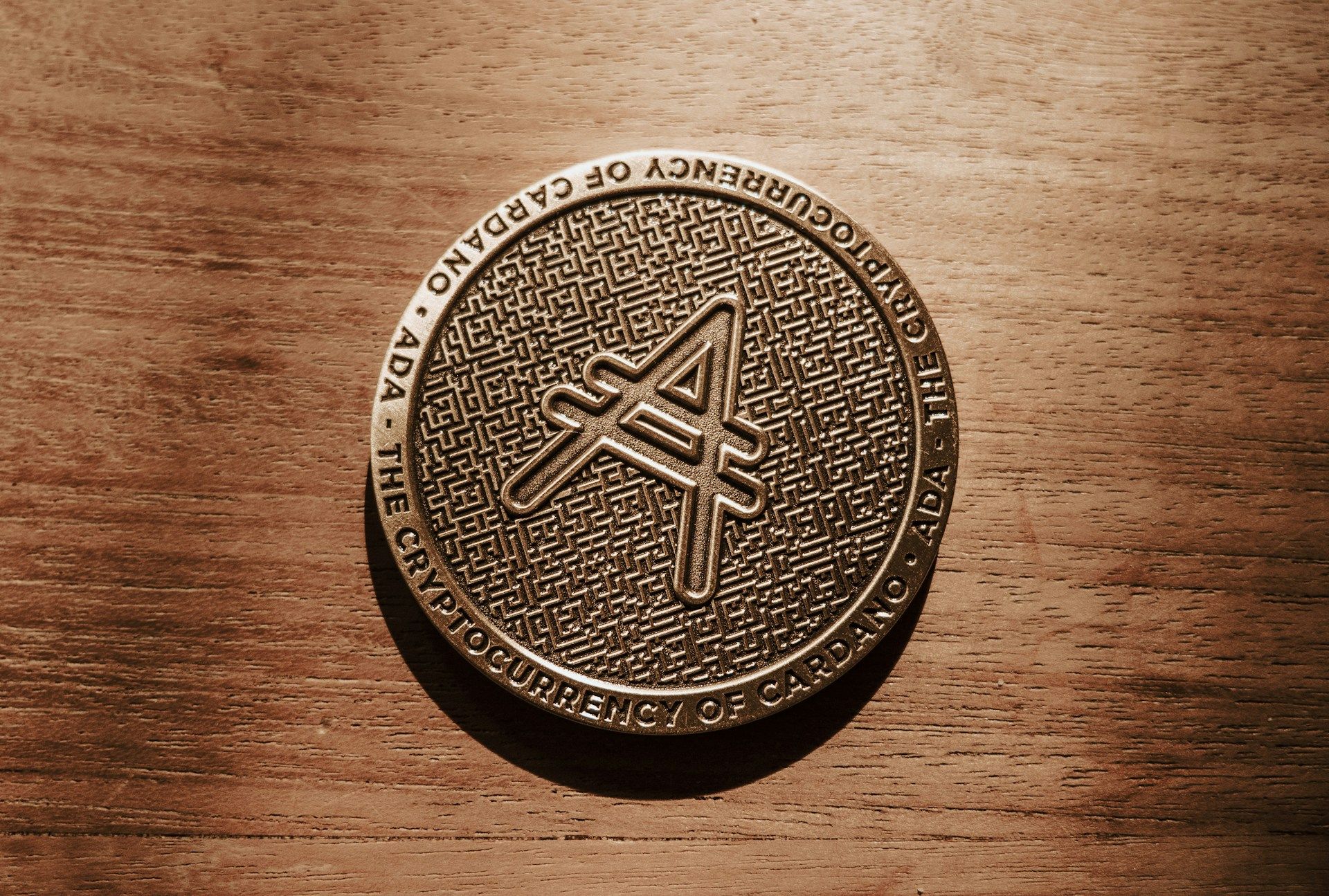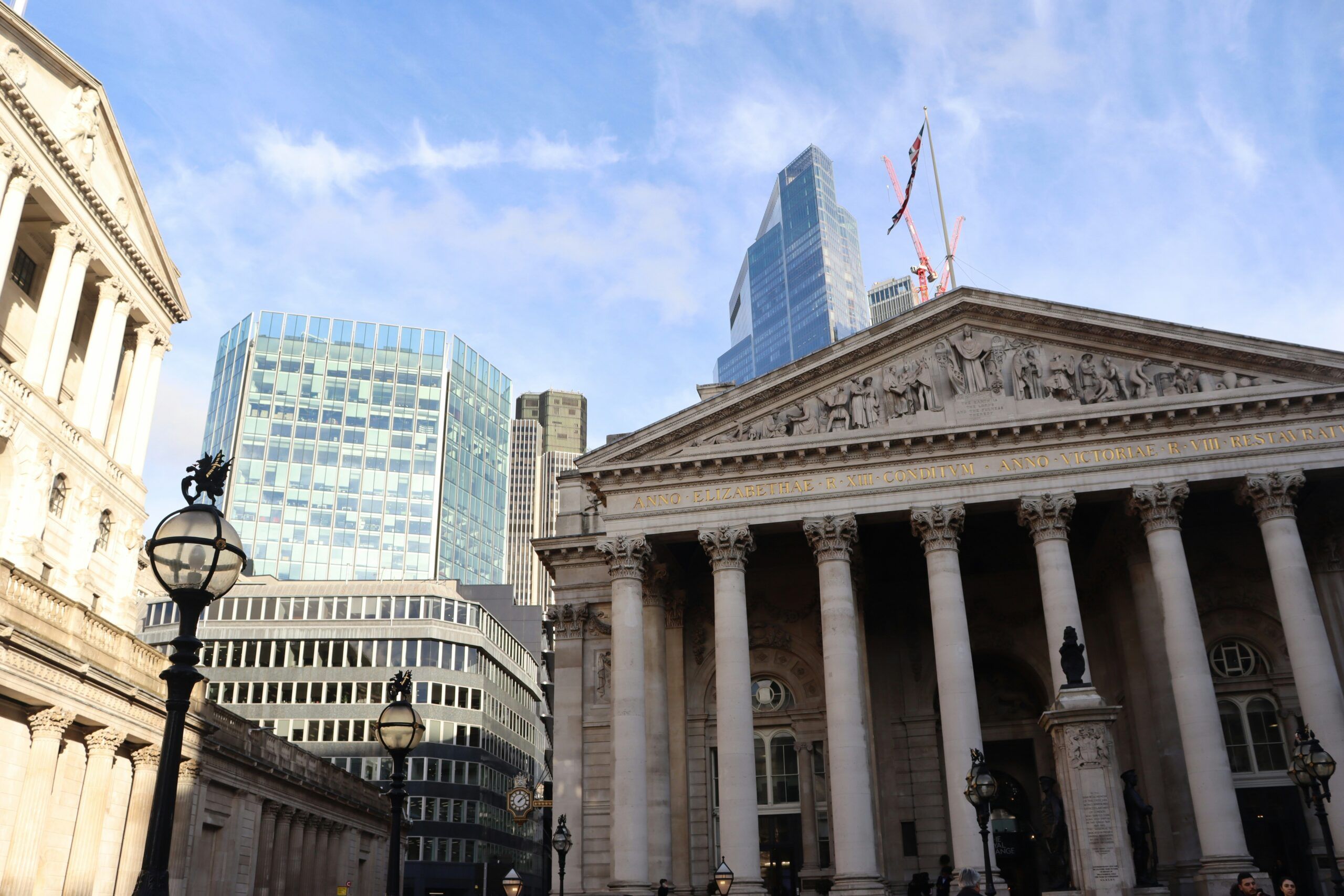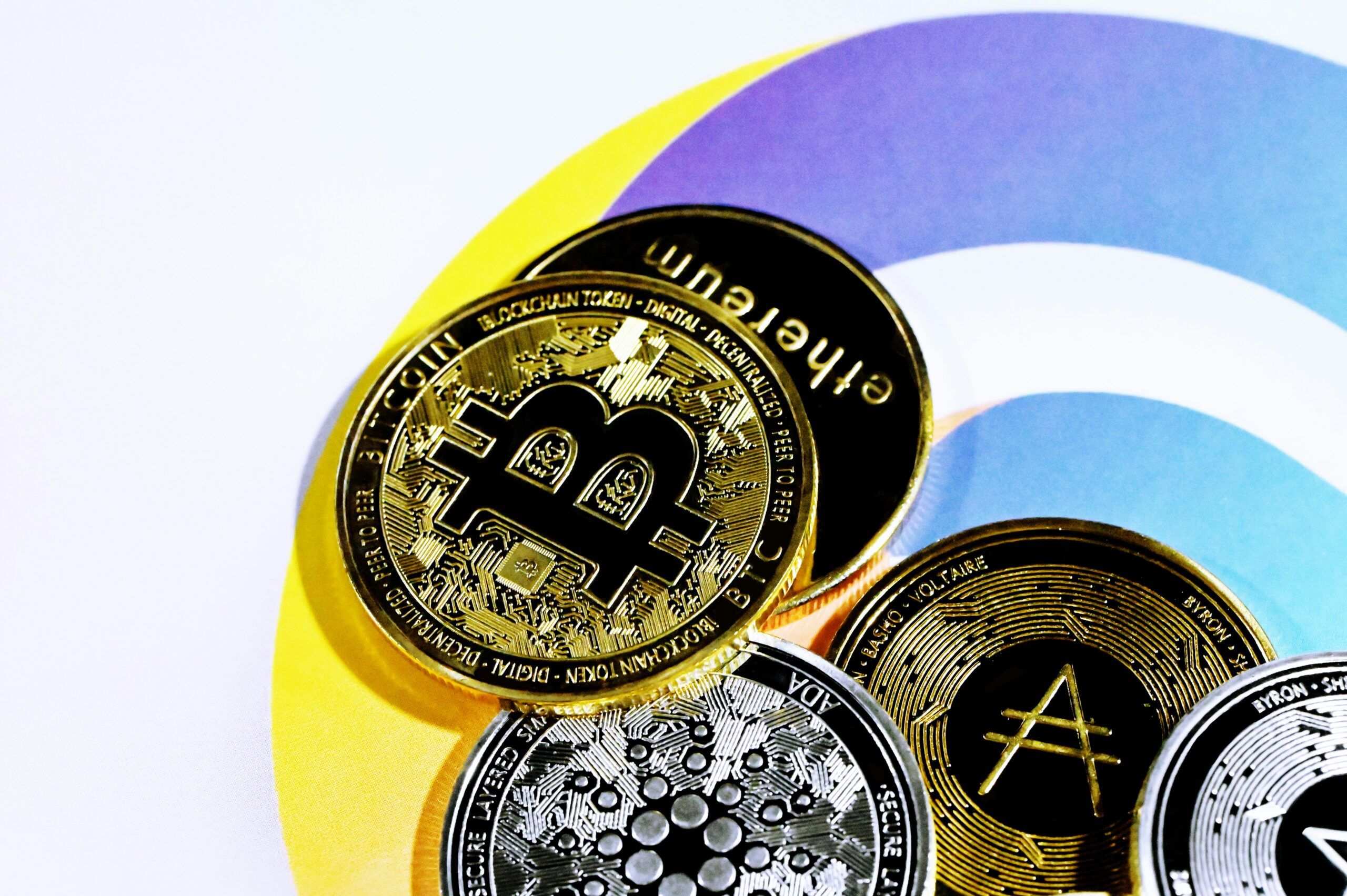The Record-Long U.S. Government Shutdown Has Come to an End
Global shares rose on Monday, 10th November, largely driven by sentiment that the historic U.S. federal government shutdown was finally nearing an end. The day before, on 9th November, the U.S. Senate advanced an agreement that would potentially reopen the federal government and end a shutdown then in its 40th day, which had furloughed federal workers, disrupted air traffic, and delayed food aid programmes.
On Wednesday, 12th November, the Senate voted on a House-passed procedural bill amended to fund the government until 30th January 2026. The Senate passed the measure and sent it back to the House of Representatives, where it was approved the same evening by a vote of 222–209. As in the Senate, Democrats largely opposed the bill because it did not include their key demand: renewal of subsidies for Affordable Care Act insurance policies, which are set to expire on 31st December 2025.
Later that evening, at 10:24 p.m. EST, President Donald Trump signed the legislation into law, officially ending the longest government shutdown in U.S. history (43 days). Experts estimate it may take federal workers until the end of the year to clear the accumulated backlog. Transport Secretary Sean Duffy indicated that current flight restrictions at major U.S. airports could take up to a week to lift. Delta Airlines’ CEO reported that over 2,000 flight cancellations linked to the shutdown will negatively affect the company’s quarterly earnings, with holiday bookings down by approximately 5%–10%.
According to data from the Congressional Budget Office (CBO), the shutdown cost the government USD 3 billion in back pay for furloughed workers and USD 2 billion in lost tax revenue, mainly due to reduced IRS tax-compliance activities. The CBO further estimates that the total impact on the U.S. economy could range between USD 7 billion and USD 14 billion, with Q4 GDP potentially falling by 2% due to reduced government spending. In a letter dated 29th October 2025 to the House Budget Committee, the CBO director noted: “Although most of the decline in GDP will eventually be recovered, the CBO estimates that USD 7–10 billion will not be recovered.”
Federal Reserve officials are now preparing to determine whether to cut interest rates again at their December policy meeting. Unfortunately, limited data availability — due to the shutdown’s impact on the Bureau of Labour Statistics (BLS) and the Bureau of Economic Analysis (BEA) – may hinder their decision-making. However, it is hoped that all necessary data will be available by the meeting on 10th December 2025, unlike the previous meeting on 28th–29th October, when they had only partial data.
The legislation signed by President Trump only funds the federal government until 30th January 2026. This stopgap gives Democrats ample time to renew their demands for the reinstatement of Affordable Care Act insurance subsidies, which will have expired by 31st December 2025. Should lawmakers fail to reach an agreement on this contentious issue, the American public may once again have to brace for another federal government shutdown.










